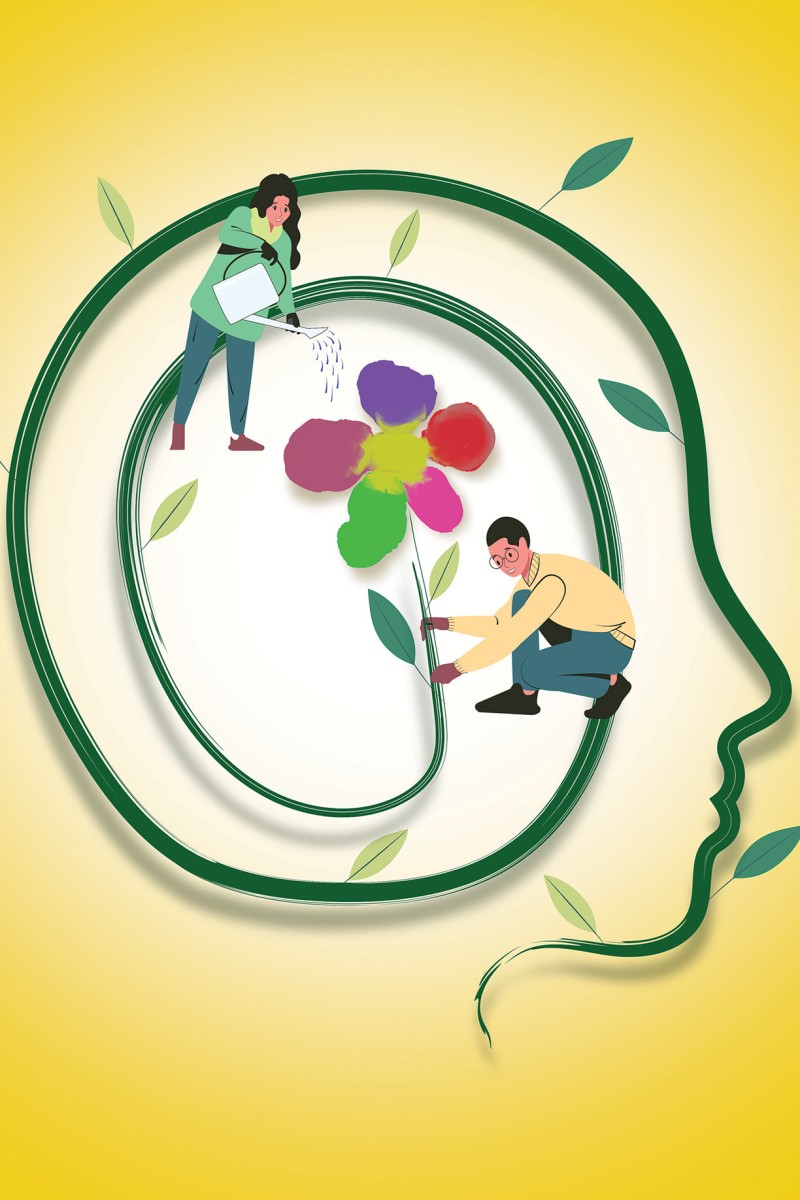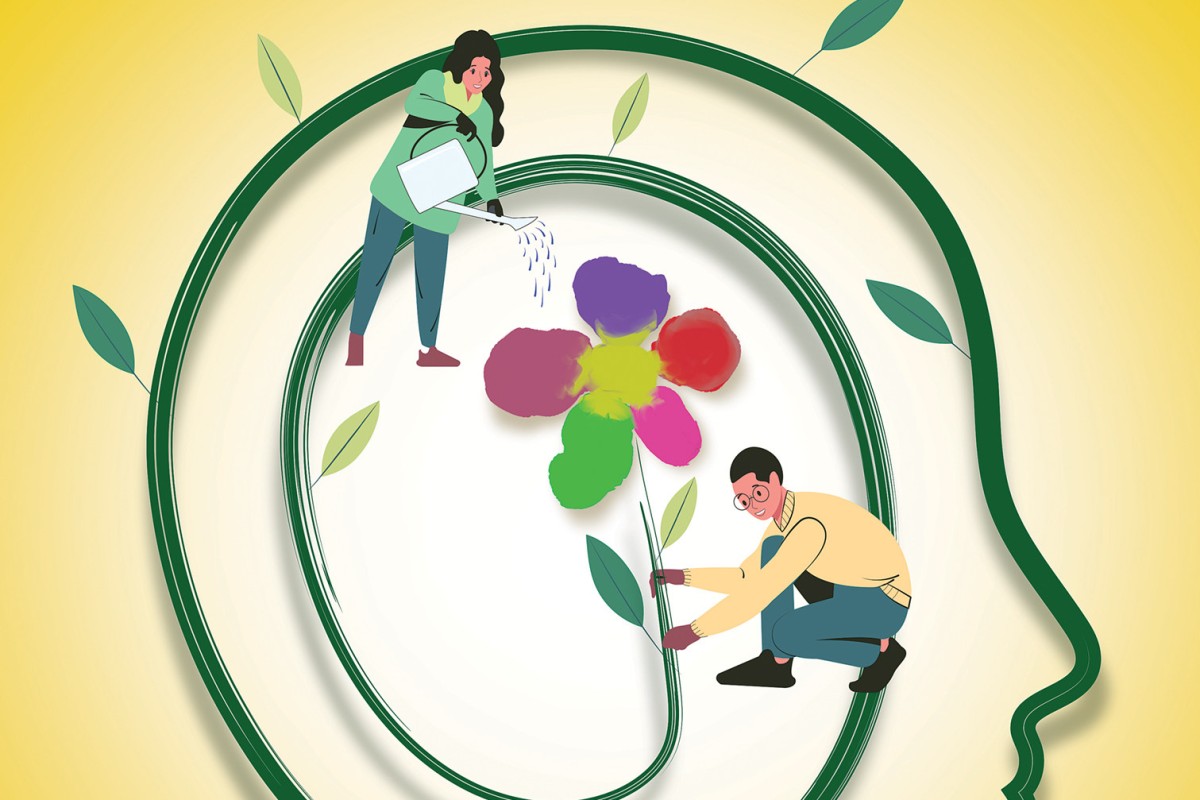
What is neurodiversity, and how can teachers support students with these conditions?
Psychologists say neurodivergent youth can thrive if schools and parents understand how they learn and are flexible with meeting their needs
 With the right support, neurodiverse students can bloom. Illustration: Mario Rivera
With the right support, neurodiverse students can bloom. Illustration: Mario Rivera“Check assignments and review the week’s schedule.” Louisa’s* morning routine does more than just keep her organised; it is a lifeline.
The teen has attention deficit hyperactivity disorder (ADHD) and level one autism spectrum disorder (ASD). To keep up with her university workload, Louisa has to spend much more time planning than most other teens do.
Louisa is neurodivergent, meaning her brain works differently from what is considered typical. Other examples of neurodivergent conditions include dyslexia, bipolar disorder and Tourette’s syndrome.
Neurodivergent people learn and understand information in unique ways, according to Dr Kristie Craigen, who is a psychologist. She is also the founder of Craigen Evaluations, a clinic in Hong Kong that offers psychological testing for students.
Craigen stressed that these differences are not “bad” or “wrong”. People’s brains do not all work the same way.
“It’s similar to having eye colours. We accept those differences because we can see them,” Craigen said.
“But neurodivergence is harder to see. It’s about how the brain works inside.”
How fidget spinners could help students focus in class
Understand neurodiversity
Researchers estimate that up to 20 per cent of people have some type of neurodiversity. Some children start to show signs of these conditions at a young age.
Louisa was born in the US state of Ohio. She struggled to read for many years. When she was eight, she moved to China with her family and lived there until she was 18.
During this time, she was diagnosed with ADHD and level one ASD. These conditions mean she often misunderstands others when they communicate with facial expressions, body movement and tone of voice.
She was also diagnosed with dyscalculia, dyslexia and dysgraphia. These conditions affect her ability to understand numbers, read and write.
Many teachers did not understand Louisa’s neurodivergent needs, so they thought she was just trying to cause trouble.
“Sometimes, teachers think I am being flip or fresh when I say things like ‘I forgot to look at the board and write down my assignment.’ It takes time for them to understand that I am very literal,” Louisa said.
She had to tell her teachers about her conditions so they could understand her needs.
AI helps students with learning disabilities achieve academic success
How to help everyone thrive
Dr Bernadette Wong is a clinical psychologist in Hong Kong. She said parents and teachers had become more aware of neurodiversity in the past 10 years.
But many students are still not getting the support they need.
According to Wong, it is key to stop focusing on “fixing” neurodivergent people. Instead, society should change environments, attitudes and systems to be more inclusive.
Wong suggested making classrooms more flexible so that students have options for how they learn. Digital tools can help lessons fit what students need.
Louisa uses an app to keep track of the assignments she needs to do. She is in her first year of university in the United States.
“It helps a lot because there is a calendar where all the assignments are listed, and it tracks when they are marked complete by the teacher,” she said.
Louisa shared that she learned better in person.
When there was an online-only class that she had to take, her school gave her the option to take it at another time when in-person options were available. Louisa appreciated the flexibility.
While Louisa is doing well because she has the right support, many teens with similar conditions are struggling.
“We need to focus less on exam scores and focus more on building pathways for teens to thrive,” Craigen said.
*Full name withheld at interviewee’s request.
-
Reflect: What makes it harder or easier for you to learn in the classroom?
-
Why this story matters: Neurodivergent students should have the support to achieve their full potential, but many people do not understand their needs. Schools should give them the flexibility to learn in the way that works best for them.
diagnosed 診斷
when a professional identifies what illness or condition someone has
estimate 估計
to guess the size of something without calculating it exactly
flexible 靈活的
able to change to suit new conditions or situations
flip 輕率
not taking something seriously
lifeline 命脈
something that people depend on
literal 照字面
being the most basic meaning of a word or phrase
neurodivergent 神經多樣性
describes people whose way of processing information is different from most people
Build your vocabulary
What has Louisa been diagnosed with?
